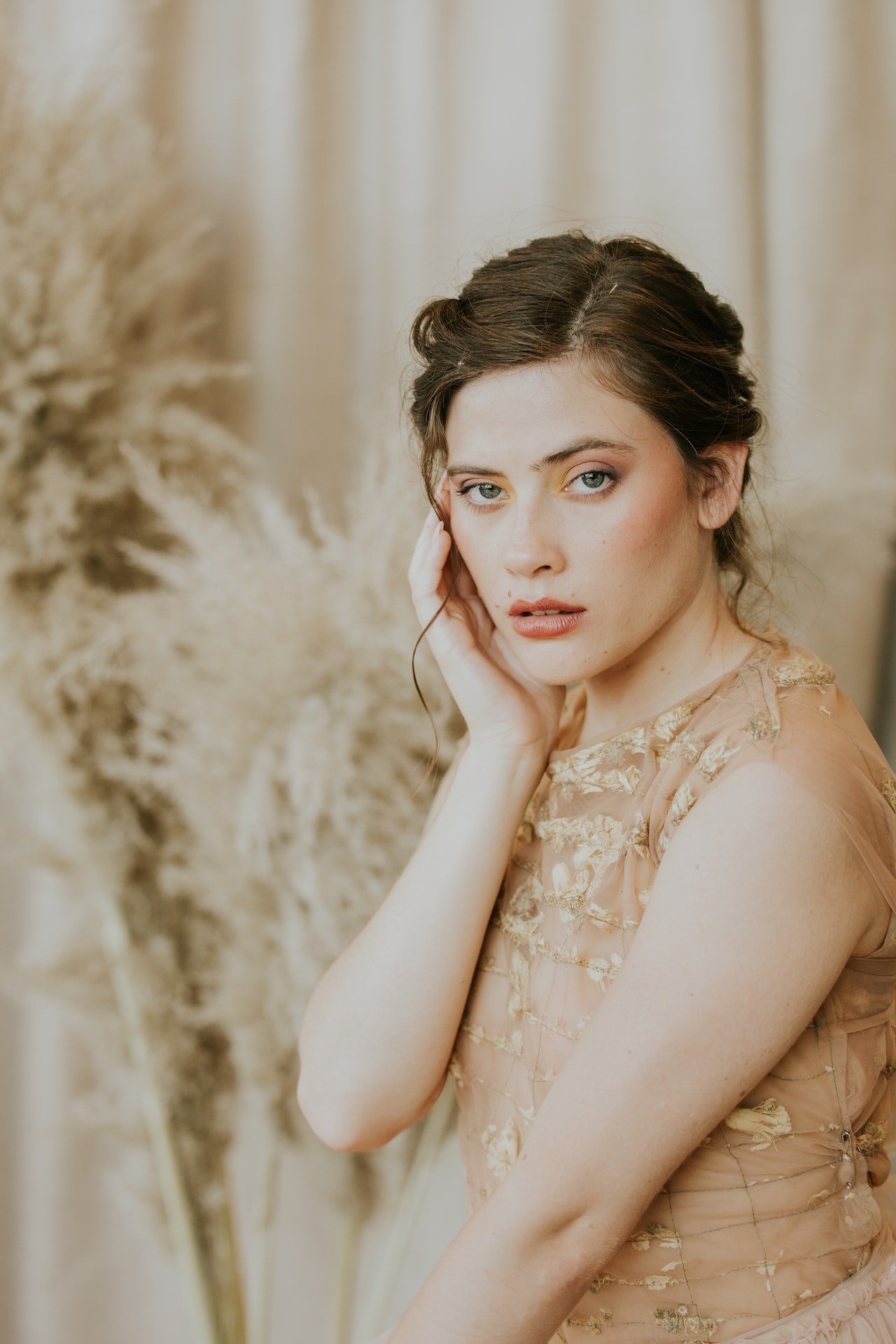Botox for Health Conditions
The Botox and Dysport blocks the impulses from the nerves to the facial muscles which results in relaxation of the facial muscles and smoothes the skin.
Botox results typically last three to six months, and treatments should be repeated for maintenance. Botox injections also are used to ease symptoms of some health conditions. It's not a cure.
Examples include:
Sweating: Botox might be used for a condition in which people sweat even when they're not hot or working up a sweat. (Sweating or hyperhidrosis)
Migraine: Botox injections may help reduce how often you get a migraine. This
treatment is used for people who have headaches 15 or more days a month. Treatment is needed about every 3 months to retain the benefit.
Bladder problems: Botox shots can also help reduce urinary incontinence caused by an overactive bladder.










